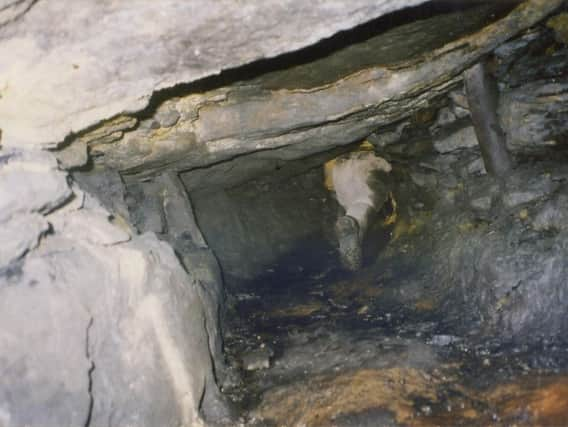Final days of mining on the Victorian coal face


When Robert Clarkson and his two sons, John and Robert, mined their last shovel of coal, down their coal pit on Birks Moss coalfield, around 1900, more than 100 years of coal mining in Wray had come to an end.The system of coal mining used by the last few coal miners at Wray was very primitive. In fact it was probably 200 years out of date. The coal seam was only two feet thick at best, being on average around 19 to 20 inches thick. Even when the coal was extracted, it was of a very poor quality when compared to railway coal coming from the Lancashire coalfields from the 1850s onwards.An article in the Lancaster Guardian in 1894 discusses Wray’s coal mines worked by Mr Robert Clarkson and sons: “The coal is of a kind which is very useful to working people on account of the time it lasts. “They burn well mixed with railway coals. In the good old times of Wray, they would put their coals on the fire at night, make a hole through the top and, in the morning, they had a nice fire.”The Wray mine shafts were at different depths down to the coal seam. One shaft was 27 yards, while others were 13 yards or less. The shafts were around five feet square with timbering down through the poor ground. When the coal was reached it was extracted from tunnels around five or six feet wide. This width enabled the miners to work lying on their sides. The system used was a form of pillar and stall, meaning: leaving pillars of coal to support the roof.Many hundreds of pit props and timber slabs were purchased from the local joiners for use in these mines. When the distance to the coal face had become too great, a new shaft would be sunk. Often, at the end of the pit’s life, the pillars of coal would be extracted by the miners. However, this system was open to abuse. Miners from adjoining pits connected underground would be accused of stealing the pillars, so causing the roofs to collapse.The coal was brought from the coal face to the shaft bottom in corves – a small wooden sledge with a woven willow basket fastened on top. Corves were purchased from Wray’s local joiners in their hundreds. Around 1850 corves cost two shillings and six pence. By the 1870s the cost had risen to three shillings.Mr John Newby, who worked the Birks Moss coalfield for 25 years, had sunk at least eight shafts by the time he died in 1880.What is interesting about the Birks Moss coalfield is that the miners only extracted the coal, meaning that the mine roof was extremely low. Possibly some material was placed where the coal seam had been, but nevertheless working conditions would be very difficult.Another coal owner who worked two coal pits on Birks Moss was Mr T B Kayss. He lived at Bridge House Farm in Wray. He also ran Backsbottom Quarry for 24 years. During the time that Mr Kayss worked these coal pits he seemed to spend quite a bit of money with Mr Isaac Parker, the local joiner and wheelwright. It is recorded in Mr Parker’s ledger that on February 20 1877 he purchased new headgear and four new corves at three shillings and nine pence each. On February 26 two men took four days making a new pit house.